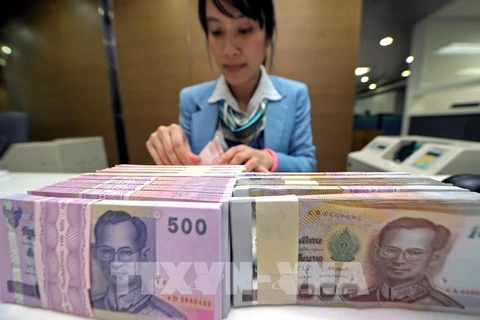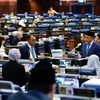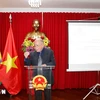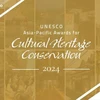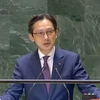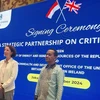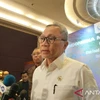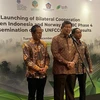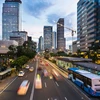Hanoi (VNA) - Thailand's tourism industry is trying to shift from mass tourism to attracting more quality visitors as part of efforts to survive amid the COVID-19 pandemic.
The country received some 40 million international visitors in 2019, but the number dropped to only 6.7 million in 2020.
For 2021, the Tourism Authority of Thailand (TAT) predicted that even in the best-case scenario, there will only be around 1-2 million foreign tourists visiting the country. Some believed that this figure is still considered too optimistic given the current vaccination rate and rising number of daily cases in the country.
The authorities believe that Thailand must use the pandemic as the catalyst to overhaul the industry, as this is the only way that the sector can survive and navigate through the crisis.
According to Tourism Minister Phiphat Ratchakitprakarn, the sector will try to attract high-end travellers, rather than a large number of visitors like what it has been relying on in the past.
Phiphat said quality travel will also help address problems that already existed before the pandemic, such as over-crowding at beaches and temples and other environmental impacts./.
VNA



